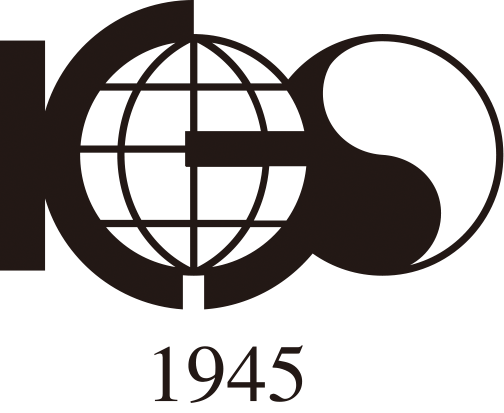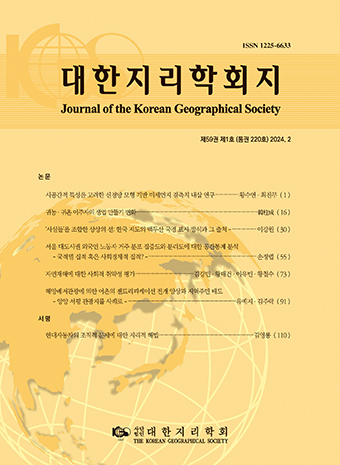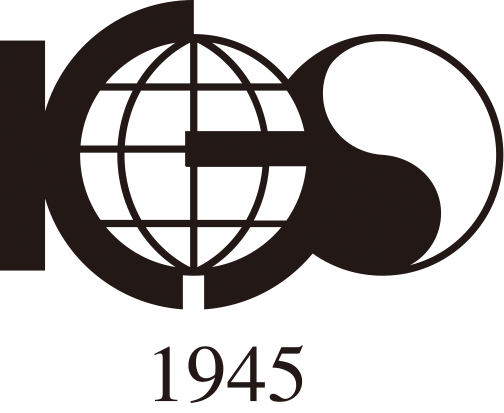Research Article
Abstract
References
Information
Howaldt, J., Kopp, R. and Schultze, J., 2017, Why Industrie 4.0 Needs Workplace Innovation: A Critical Essay about the German Debate on Advanced Manufacturing, in Oeij, P., Rus, D. and Pot, F. D. (Eds.), Workplace Innovation: Theory, Research and Practice, Springer, Cham.
10.1007/978-3-319-56333-6_4
- Publisher :The Korean Geographical Society
- Publisher(Ko) :대한지리학회
- Journal Title :Journal of the Korean Geographical Society
- Journal Title(Ko) :대한지리학회지
- Volume : 58
- No :2
- Pages :135-146
- Received Date : 2023-03-07
- Revised Date : 2023-04-11
- Accepted Date : 2023-04-12
- DOI :https://doi.org/10.22776/kgs.2023.58.2.135




 Journal of the Korean Geographical Society
Journal of the Korean Geographical Society







